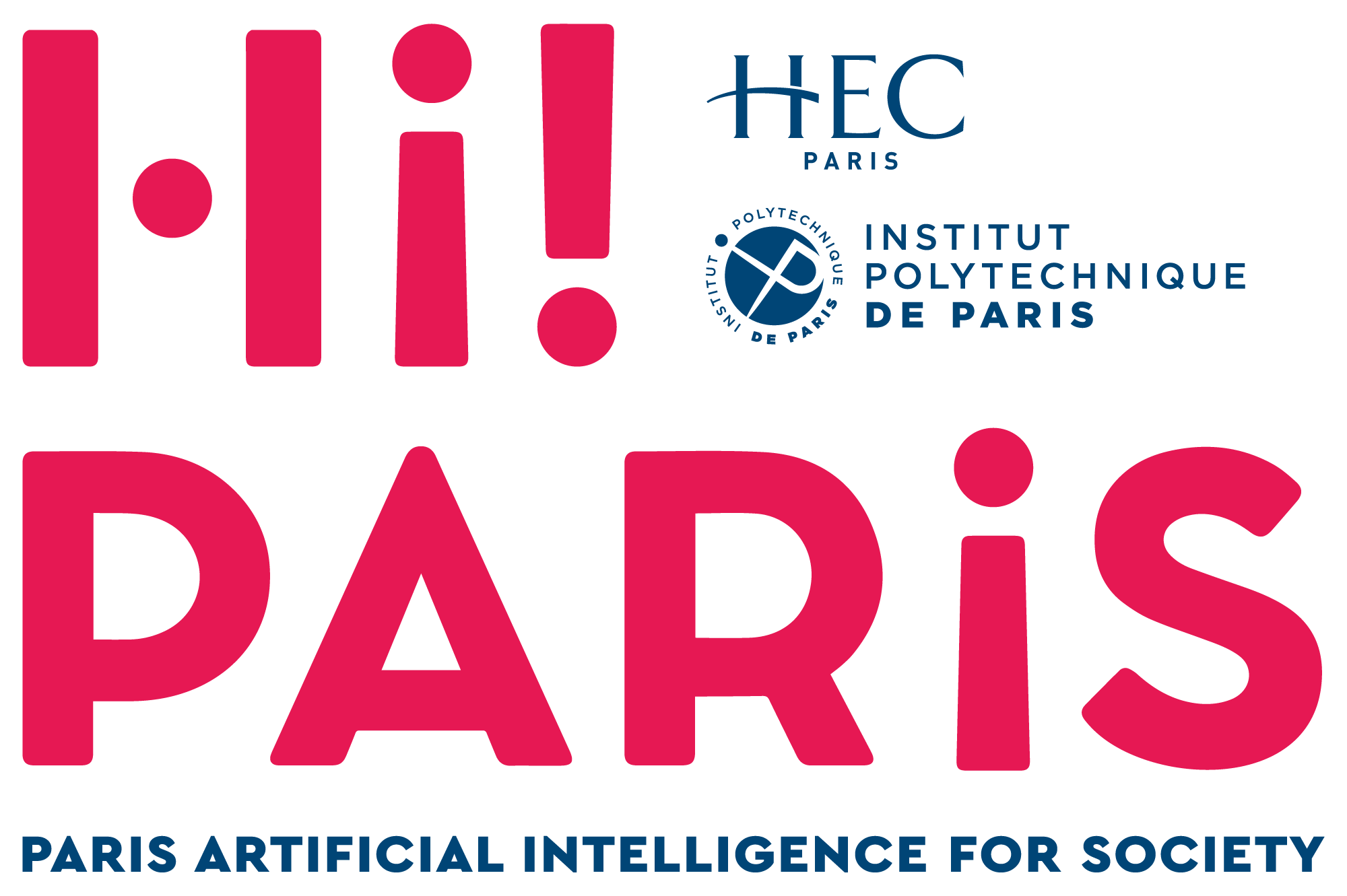What happens when artificial intelligence pushes the boundaries of image creation from flat, 2D visuals into fully controllable 3D scenes? In their work, Maks Ovsjanikov (Professor at École polytechnique) and Léopold Maillard (PhD Student at École polytechnique), introduce LACONIC, a new 3D layout adapter, pushing generative image models into real 3D. Built on top of existing diffusion […]


